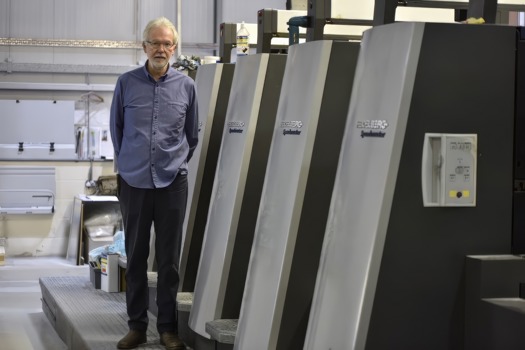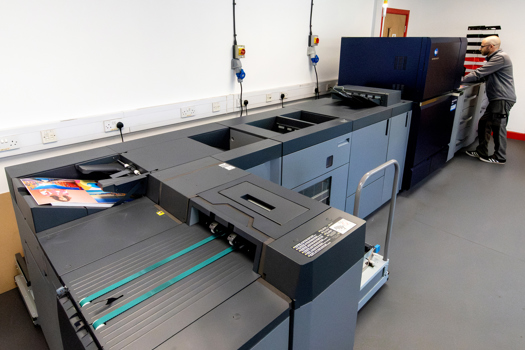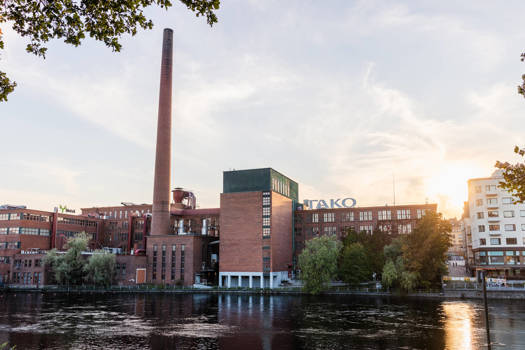The digital textile equipment manufacturer has added a series of improvements to its 3.2m-wide ColorWash XL, which is designed to accompany the firm’s textile printers.
The most significant improvement is a new suction method of drying that has been developed to suck water out of the fabrics instead of blow-drying them. The result, according to the manufacturer, is much drier materials that lead to reduced ironing times and more effective cleaning because excess water and ink residues captured by the detergents are removed. Noise levels are also reduced.
Additionally, to minimise energy consumption the rinse water is now heated by energy created with in the vacuum pump process.
“After talking to customers, we realised that using water suction in the pre-drying stage is a more effective method than blow-drying the fabric. We also wanted to reduce noise levels as well as increase efficiency,” said Hollanders Printing Systems’ Peter Hollanders.
“Instead of having fans and tubes, the entire construction and operation is now far simpler and more effective, with noise kept to a bare minimum.”
Efficiency improvements mean the device can process open structured, light materials such as flag fabrics, around 50% faster than previously, while thicker fabrics can be processed in around double the time. Energy consumption meanwhile, is reduced by around 30%, according to Hollanders.
The manufacturer has also redesigned the forced water rinse tube system, which provides an additional mechanically forced washing cycle as a complementary system to the existing brushes. The brushes are used for the removal of any surface particles, while water from the added rinse tube penetrates the fabric to ensure that all particles within the fibres are flushed out.
The upgraded version of the ColorWash XL is available now, for €114,960, while existing models can be retrofitted from January. The first upgraded systems have already been sold in Europe with a new series to be manufactured in January ready for installation globally early next year.










